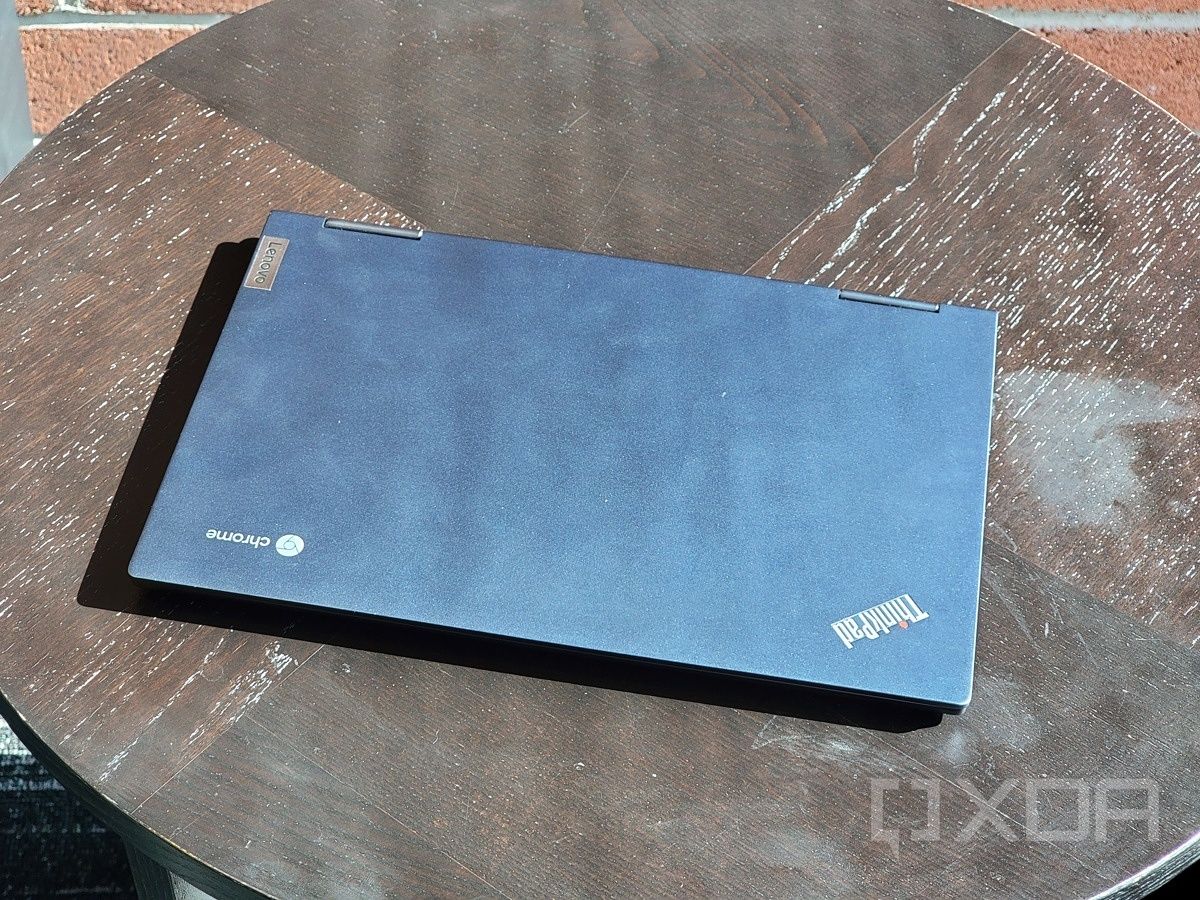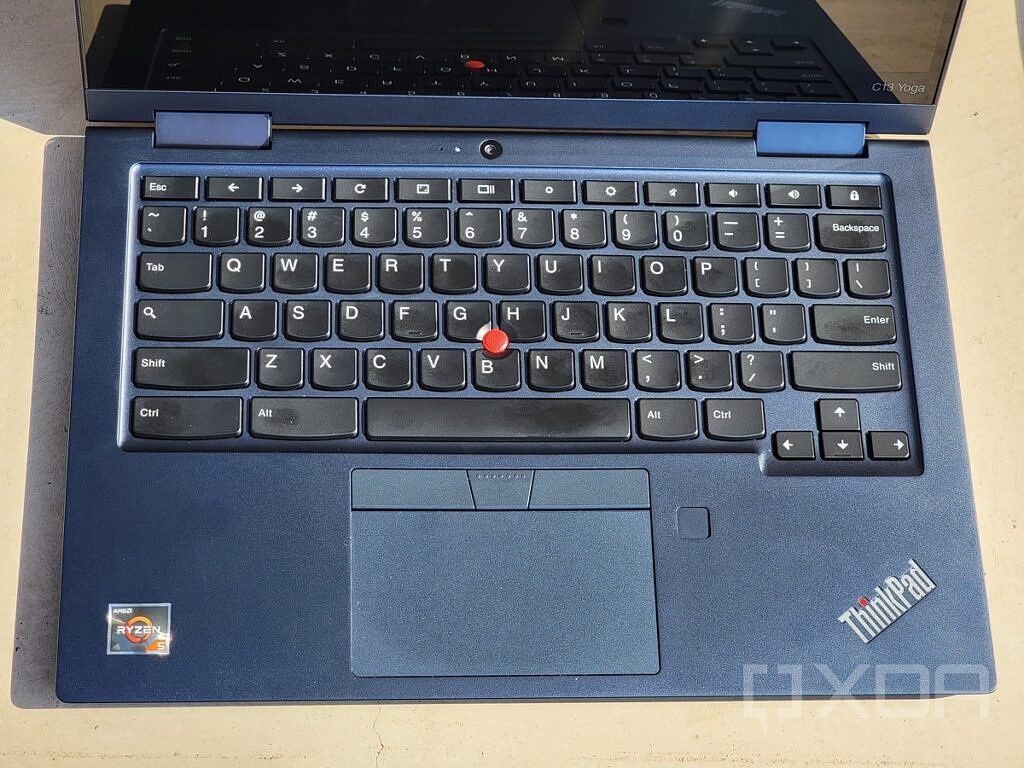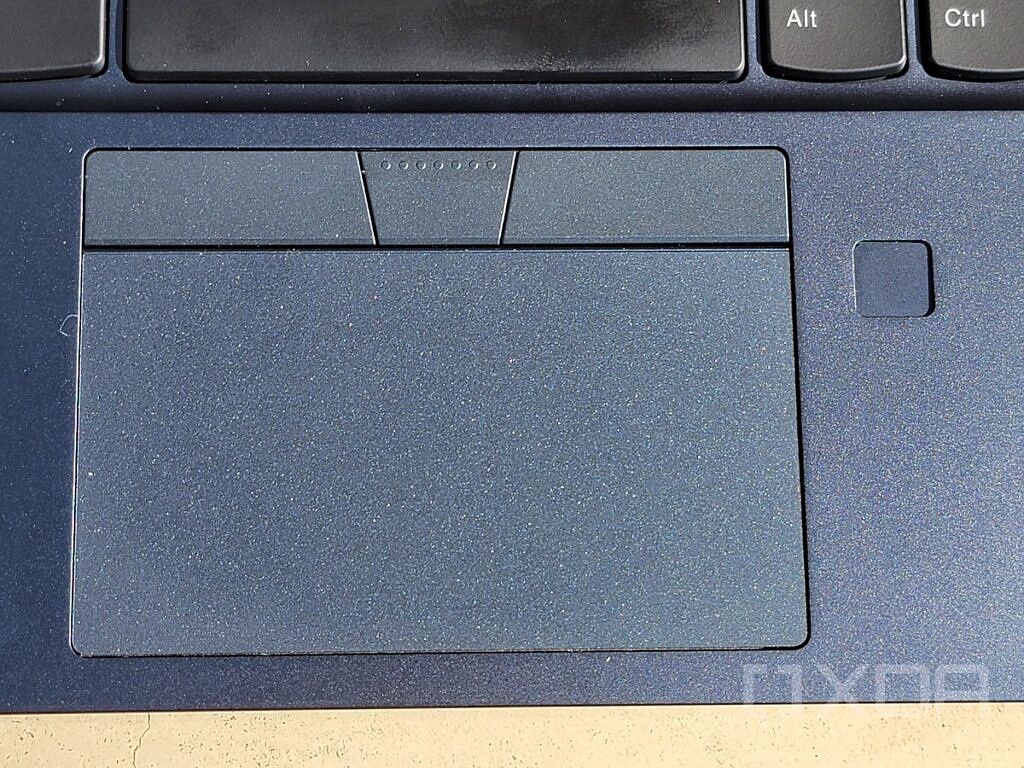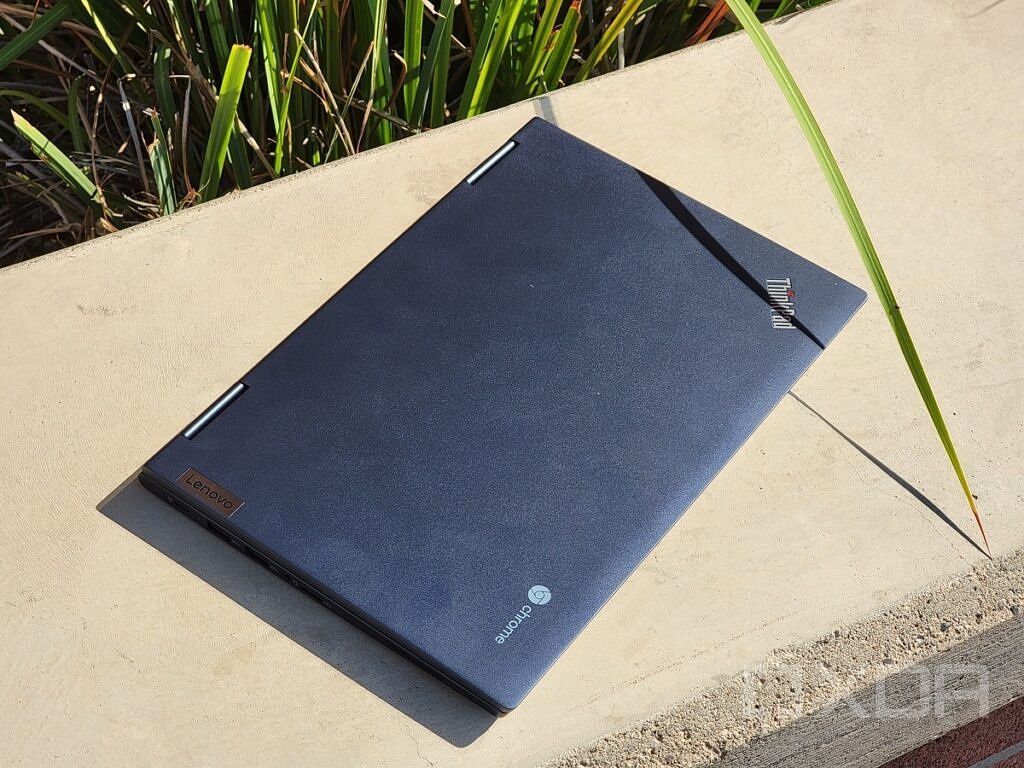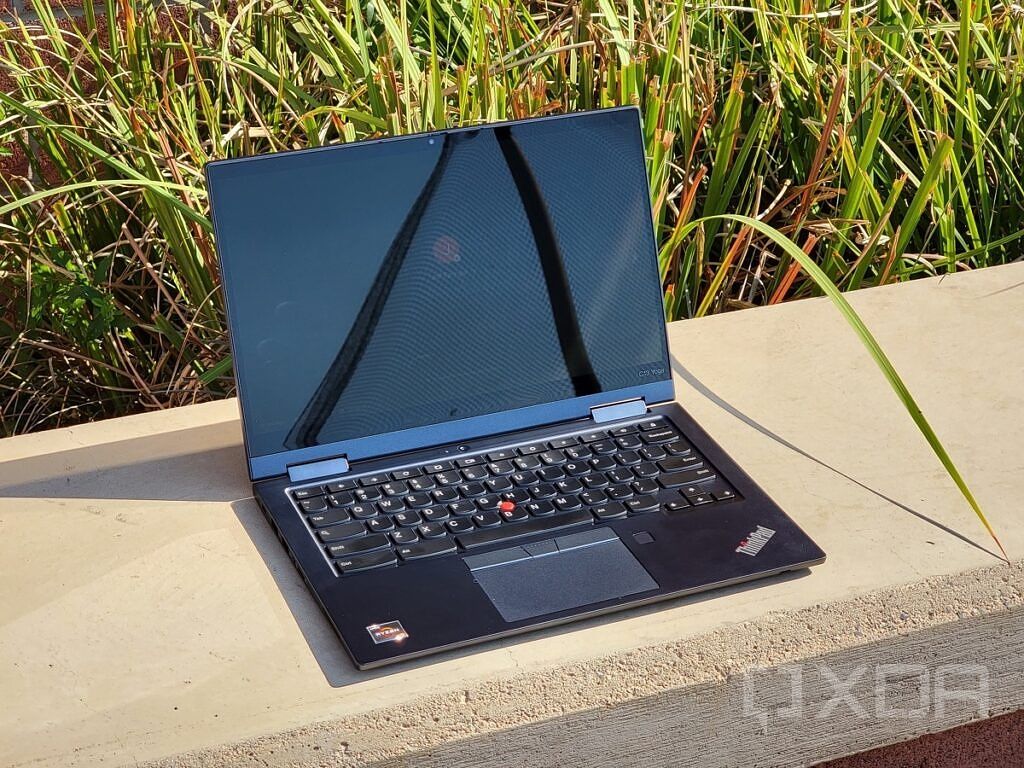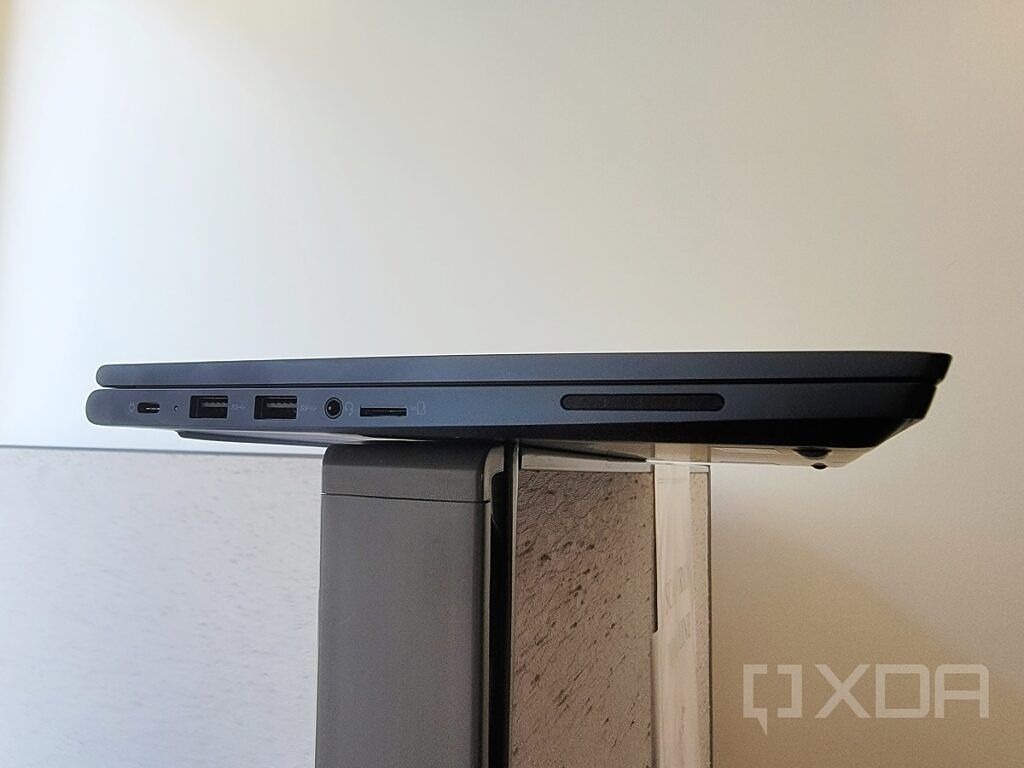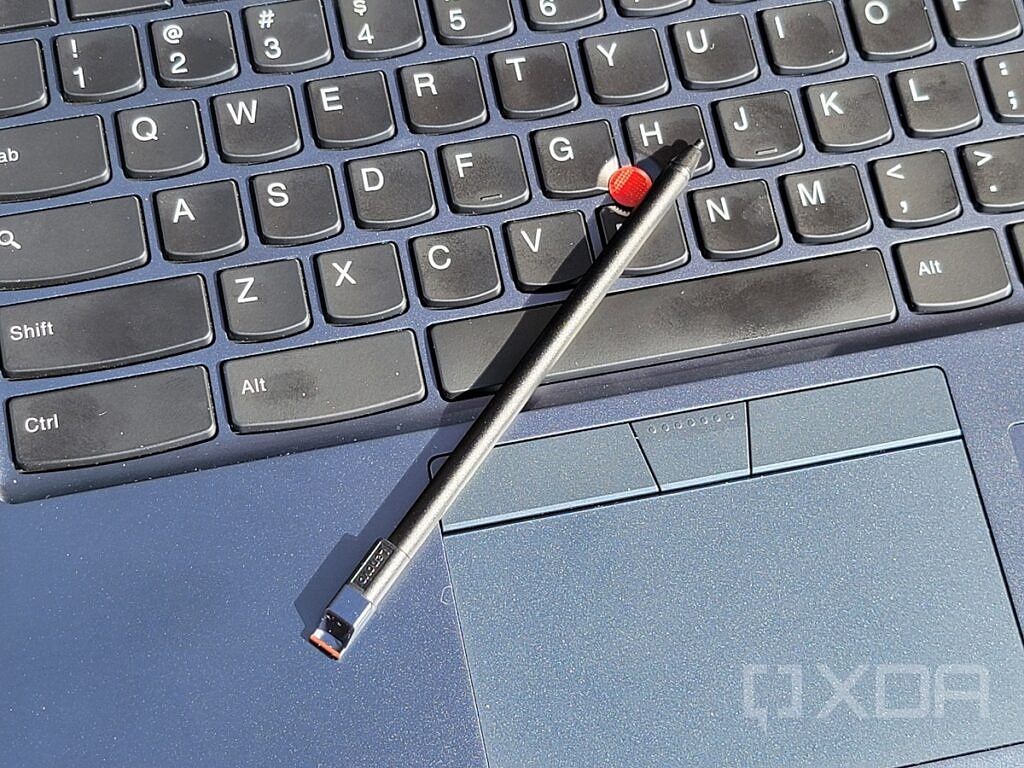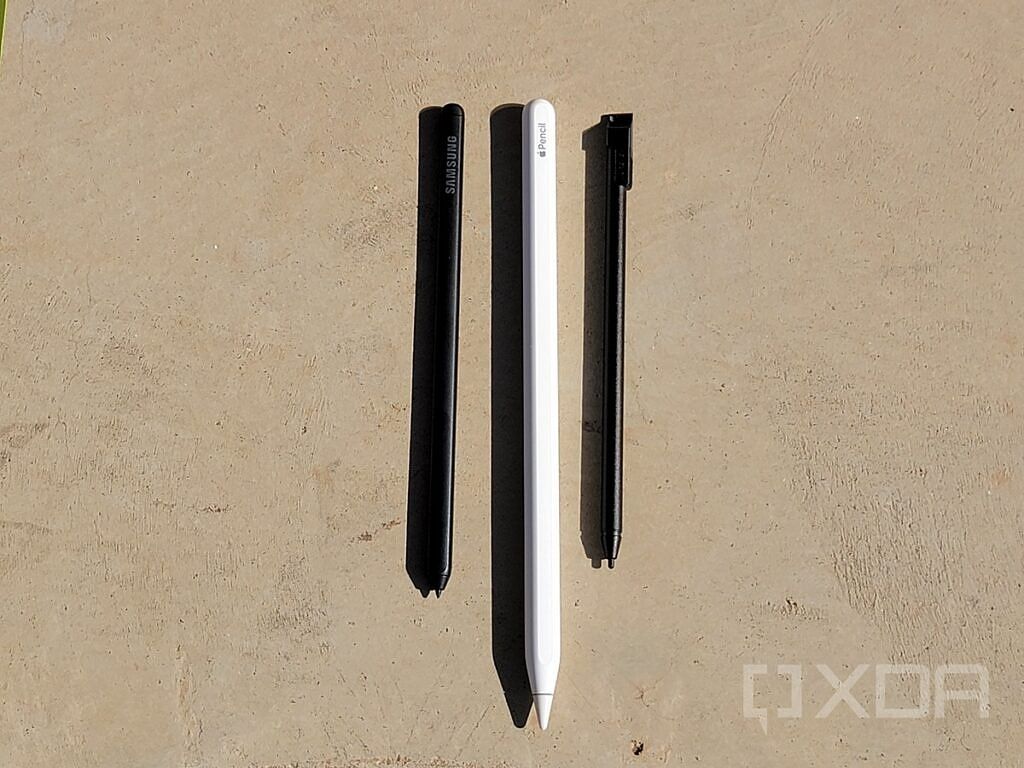Lenovo's ThinkPad brand is renowned for its business class laptops. When you buy a ThinkPad, you know you're getting amazing build quality and reliability. For Lenovo, it makes perfect sense to combine that legacy with Chrome OS to create a premium Chromebook experience. The Lenovo ThinkPad C13 Yoga is a Chromebook intended for the enterprise market, but it makes a compelling case as an option for power users in the consumer market as well.
It's often difficult to find a Chromebook that has just about everything, but this ThinkPad isn't far off. Even the color of the device stands out in a crowd, in a good way. But it's also a very expensive device and one that may have just a little too much packed in for some users. The AMD Ryzen processor also has a few minor issues that should hopefully shake out over time. So is the ThinkPad C13 Chromebook Yoga for you?
Lenovo ThinkPad C13 Chromebook Yoga: Specifications
| Specification | Lenovo ThinkPad C13 Chromebook Yoga |
|---|---|
| Dimensions & Weight |
|
| Display |
|
| Processor |
|
| RAM & Storage |
|
| Battery & Charging |
|
| Security |
|
| Front camera |
|
| World-facing camera |
|
| Port(s) |
|
| Audio |
|
| Connectivity |
|
| Software | Chrome OS/Chrome OS Enterprise |
| Other Features |
|
Design and keyboard/touchpad
The C13 comes in a unique color that Lenovo calls Abyss Blue. It's refreshing to see an interesting color on a Chromebook design, far too many are plain black or grey slabs. The color is a fairly dark blue and the laptop has a nice matte finish that keeps it business appropriate.
Aside from the color, this Chromebook feels substantial in hand. You certainly won't feel out of place bringing this laptop to a professional meeting or engagement. At 3.30 lbs, it's not exceptionally light or heavy for a Chromebook of its size. But you can feel the quality craftsmanship in the build, and the cold aluminum chassis feels premium.
My model of the C13 also has the optional garaged USI pen hiding in the bottom front of the device. After using the pen-less Galaxy Chromebook 2 for a few weeks, I was so happy to have a garaged pen back in my life. You might think the built-in pen would force extra thickness on the device, but it's still quite thin and easy to hold when closed.
Lenovo is well-known for quality in the keyboard and touchpad department, but you also get the iconic ThinkPad Trackpoint on the C13. While I didn't use the Trackpad too much, this is a cool feature to see on a Chromebook for historical fans of the ThinkPad lineup.
The keyboard on the C13 is excellent with just the right amount fo travel. Keys are incredibly quiet as well, making this laptop an excellent office companion. Backlighting is subtle and even across the keyboard. There's also spill-resistance protection if you should splash the occasional glass of water on the keyboard.
As for the touchpad, it's unbelievably nice for a Chromebook. It's also absolutely wonderful to have dedicated buttons above the touchpad for left and right click. You can still use two fingers to click if you want, but I'm a big fan of having the option to tap an actual button when I want. Bottom line -- this is a good looking Chromebook with a functional keyboard and an exceptional trackpad.
Display, performance, and battery life
My C13 model arrived with the standard 1080p display, so I'll focus on that here. Note there is an optional 4K display upgrade on the C13, but it seems to be out of stock often. The good news is the FHD IPS panel is quite nice. You get a maximum of 300 nits brightness, which allowed me to work outdoors reasonably well in the Arizona sun. The standard on most Chromebooks is around 250 nits, so the ThinkPad is outperforming the market there.
Touch accuracy is also good, with no issues using Android apps in tablet mode. Playing games and watching Netflix are enjoyable activities with the C13's crisp display. The speakers however are just bad on this Chromebook. I was hoping for more out of the stereo setup, but the actual output was incredibly flat.
General performance on the C13 is great, but there are a few bugs to work out with the arrival of Ryzen processors on a Chromebook. There are some well-documented bugs that cause the C13 to crash entirely (fade to a black screen), when watching certain streaming videos. This is an issue I ran into when watching a few videos on Reddit and even HBO Max. It would be nice if Google and AMD could work this out since they're aware of the problem.
Other than this small issue, I didn't have any problems playing games on Stadia, running Linux apps like MATLAB, and hammering out my articles here at XDA. I also used a USB-C dock to connect the C13 to my LG 34 inch ultra wide monitor, which worked great for my workflow.
One other potential problem caused by the relatively new Ryzen processor is battery gauge accuracy. Often my C13 unit would jump from 100% battery to 70% or 80% in an instant. This is clearly more of a calibration problem as I typically averaged around 7.5 hours of battery use on a single charger. That's a fairly respectable number for a Chromebook, but still far less than the 12 hours Lenovo advertises for the C13.
USI pen and tablet mode
When I received the ThinkPad C13, the garaged USI pen had me excited. I've been using a Galaxy Chromebook 2 for the better part of a month, which lacks a built-in pen of any kind. For my day job I spend quite a bit of time creating lecture notes for my university students. While the Galaxy Chromebook 2 can use a USI pen, having one actually inside the chassis of the Chromebook is a huge deal. I felt like I could use the C13 as a note-taking device, something I missed with Samsung's Chromebook.
The USI pen itself is a solid digital writing utensil. Lenovo's pen is similar in length to the Samsung S-Pen I use with my S21 Ultra, but without the nice contours. It's not nearly as substantial or well-weighted as an Apple Pencil, but it gets the job done and I was able to use it comfortably while writing several pages of calculus notes.
One issue I did notice is that the display does have a bit of flex in tablet mode when using the USI pen. When writing mathematics, I often press a bit hard so I suppose some of the flex can be attributed to that as well. The pen also isn't quite as precise as the S-Pen or Apple Pencil either, but that's something to be expected. Hopefully more Chromebook manufacturers will add built-in USI pens -- it's a really nice bonus feature.
Conclusion
With the ThinkPad C13, Lenovo did an excellent job considering all possible use-cases for a premium Chromebook. You get an excellent display, powerful processor, plenty of storage, and several optional bonus features in the build to order models. I personally think the USI pen and fingerprint sensor are worthwhile upgrades for those looking to use the C13 in a professional setting. If you need to take pictures in tablet mode, you can also add the world-facing camera for $20 more.
If you're thinking about buying this Chromebook, you probably already have a substantial budget in mind. For those in that situation, this is an excellent option in almost every way. I would guess that eventually Google and AMD will take care of the Ryzen bugs. Aside from those small bugs and the subpar speakers, I had very few noticeable gripes with this Chromebook. Most people aren't buying a Chromebook to listen to music, so you should be good with a pair of headphones.
Lenovo does occasionally run sales on the C13, so it would be wise to keep an eye open for those opportunities. Some of the pricier models can get close to $2,000 (4K display, Ryzen C7, 16GB RAM), but sales knock off about 30% on those prices. If you own the C13 or are considering a purchase, let us know what you like or dislike about it in the comments below.
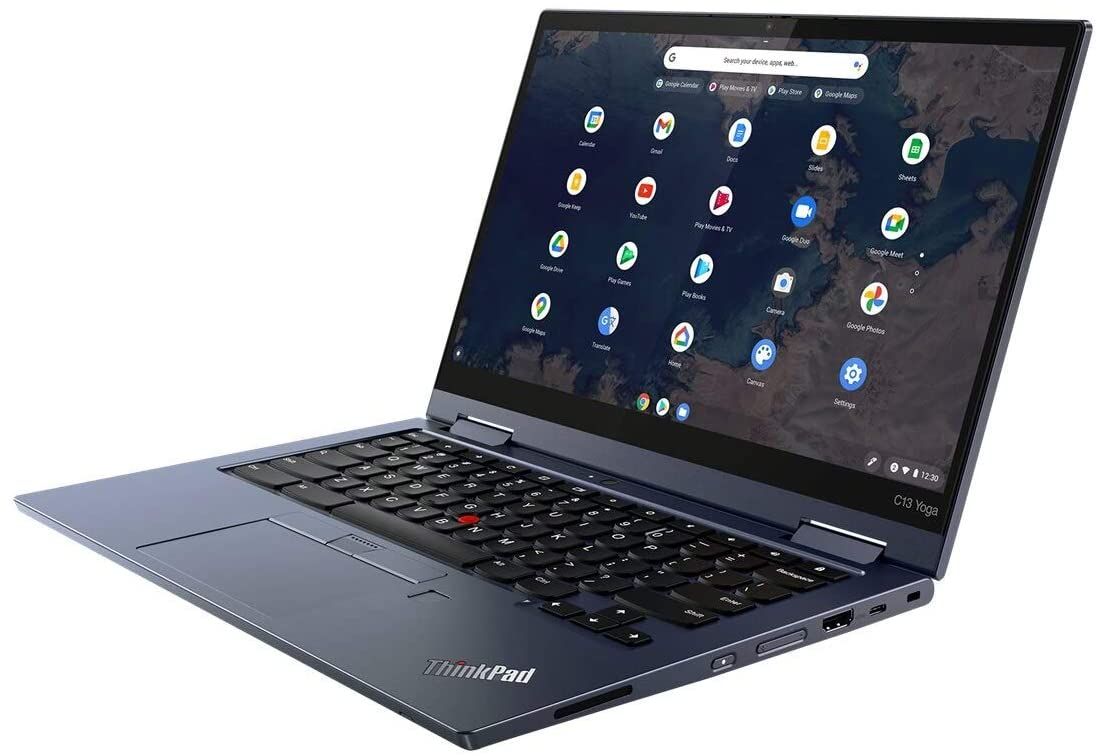
Lenovo ThinkPad C13 Yoga
Running Chrome OS with up to an AMD Ryzen 7 3700C processor and integrated AMD Radeon graphics, the ThinkPad C13 Yoga Chromebook Enterprise delivers a powerful performance in a sleek and durable aluminum chassis. Bootup takes seconds and this is the perfect laptop for enterprise applications. Plus, unlike your typical ThinkPad, this laptop comes in Abyss Blue — adding a bit of flair to worker style.

